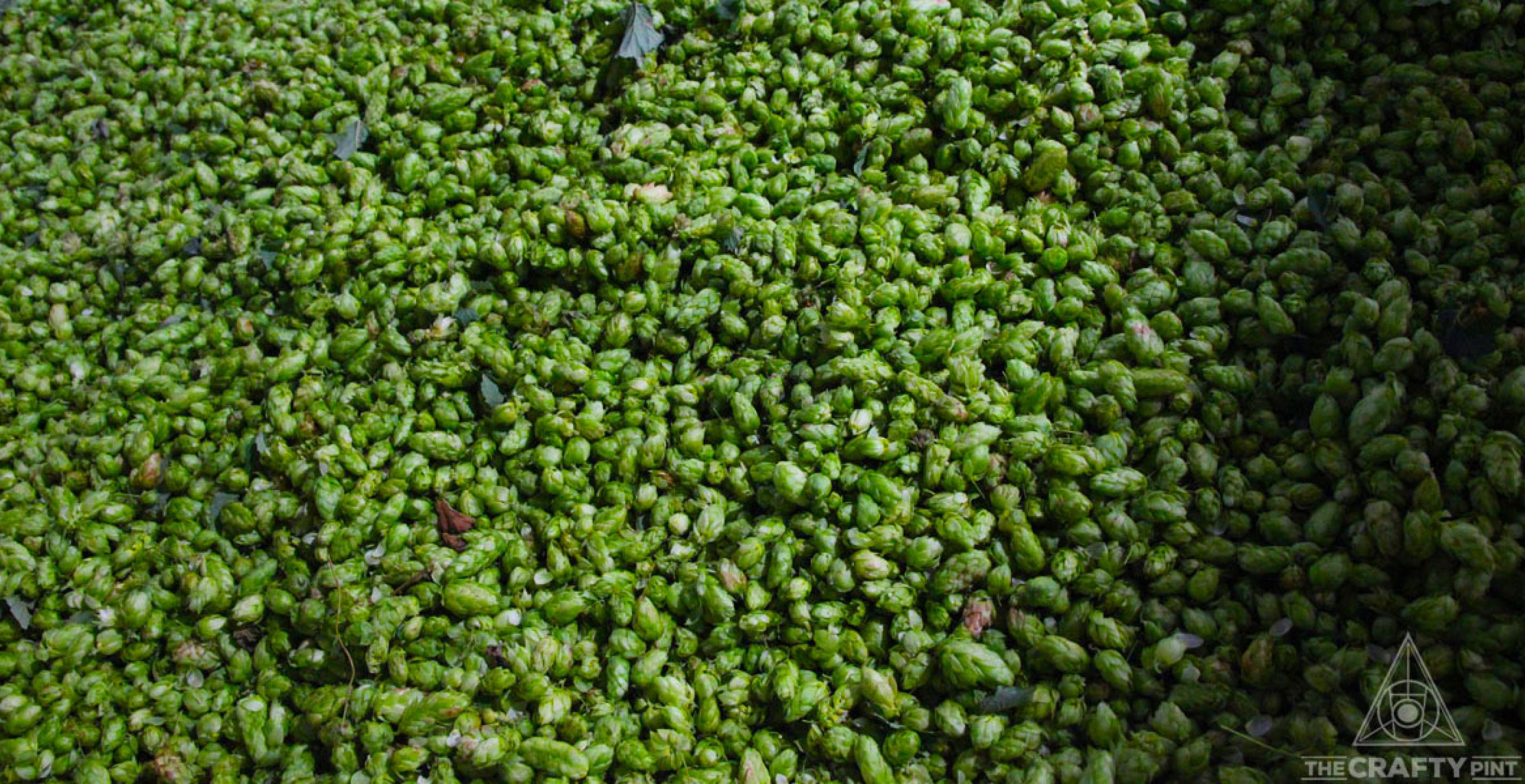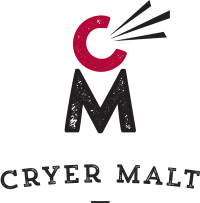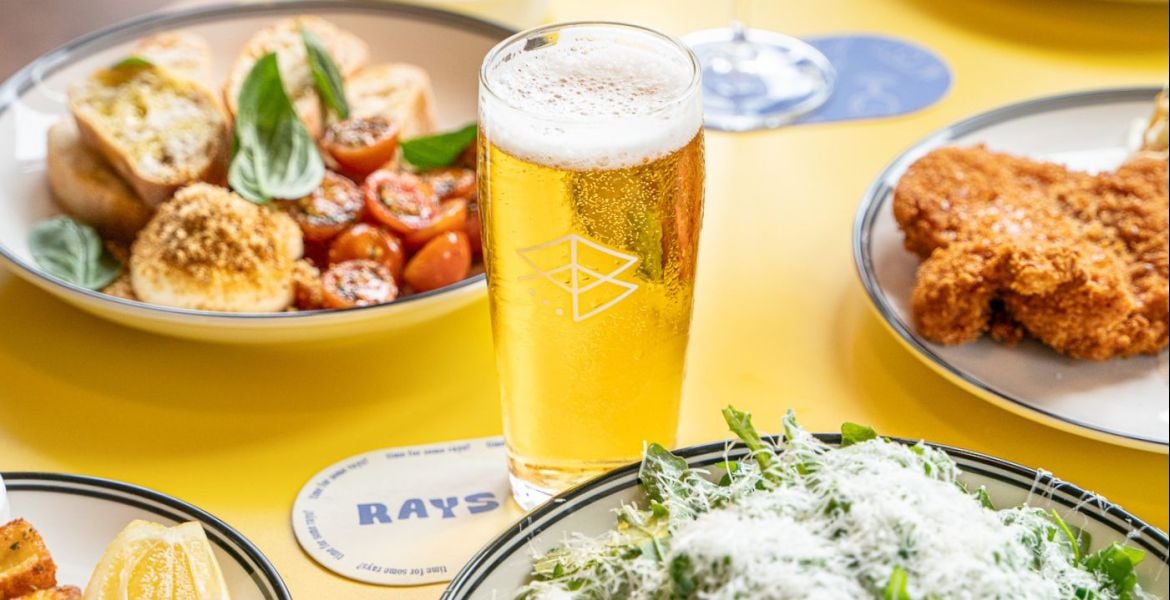Hops are the star in many of the big hits of the modern beer world, from Sierra Nevada's iconic Pale Ale through Feral's Hop Hog and Stone & Wood's Pacific Ale, to the outrageously-hopped hazy double and triple IPAs of the 2020s.
It's thanks to their punchy flavours and moreish bitterness. But, for all the t-shirts they adorn, slogans they've inspired and palates they've pleasured, really, what are hops?
In the second article in our rebooted Beer Basics series designed to give readers an introduction to beer, brewing, ingredients and techniques, Molly Rose Brewing founder Nic Sandery moves from malt to hops.
What Are Hops?
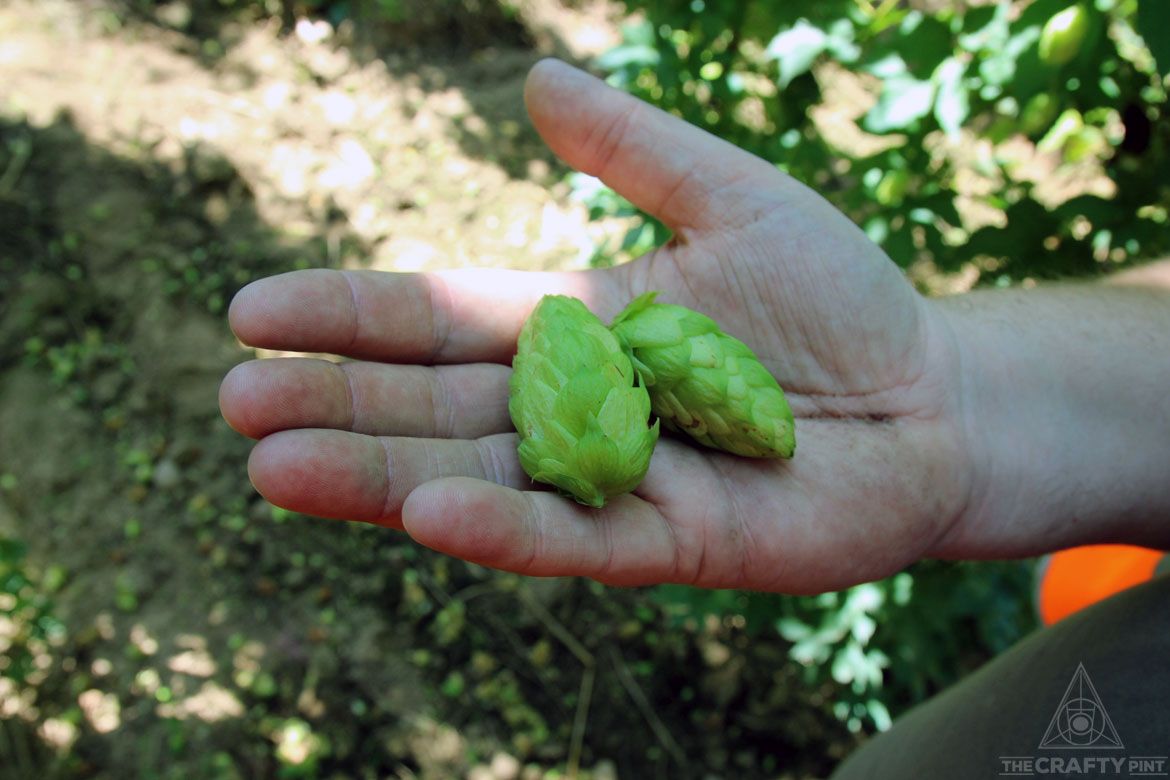
Hops – or humulus lupulus to use their rather wonderful Latin name – are voraciously growing perennial plants that are trellised up metres-long strings each year to be harvested for their flowers, which look like upside-down pine cones. They grow best between 35 and 55 degrees of latitude in both hemispheres and prefer particular conditions too, typically cold winters, long summer days, flat terrain and shelter from the wind.
Inside these green cones is where the magic happens: if you get one in your hands – ideally freshly plucked from a bine (not vine) – peel back the outer leaves and you'll start to see the sticky yellow lupulin glands wrapped up inside. These contain the oils and resins that brewers are aiming to utilise within the brewing process.
Once harvested, usually through autumn, they are dried quickly and sold to brewers as compressed pellets (most common) or dried flowers. With recent advances in science and technology, hop growers are now able to further process the hops to create products such as oils and extracts that lock down some of the best parts of hops without leaving you with tonnes of green matter in refrigerated storage.
Cryo hops are a popular version of processed hop product, which are made by freezing hop cones with liquid nitrogen and essentially separating the tasty bits from the green stuff on the outside.
What do hops do?
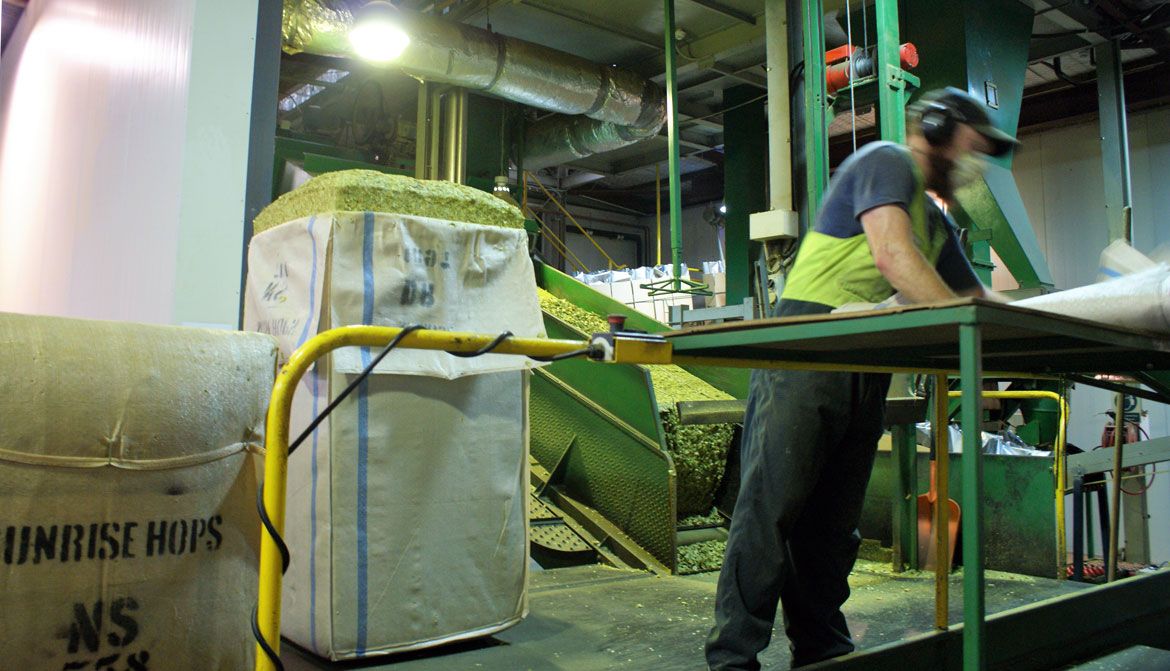
The oils and resins within hops bring much more to beer than just adding extra fruitiness to your favourite pale ale or a herbal zing to a refreshing pilsner. Aside from delicious flavour and aromas, hops contribute bitterness to balance the sweetness of malt, extra mouthfeel, improved foam and added flavour stability.
How did they end up in beer?
The number one reason hops beat out a range of other foraged herbs as a beer additive more than a thousand years ago is their antimicrobial capacity.
While the earliest recorded use of hops in beer is found in 9th century France, this switch to hops and away from mixed herbs (known as gruit, a term you'll occasionally see used on the rare occasions brewers are creating beers without hops) started to happen across Europe and the UK from around the 12th century. By the 16th century, almost all beers were made using some hops.
It was in this time period that the cultivation of hops really took off and those grown in various regions began to be sought after for their quality in the brew kettle.
How are hops used?
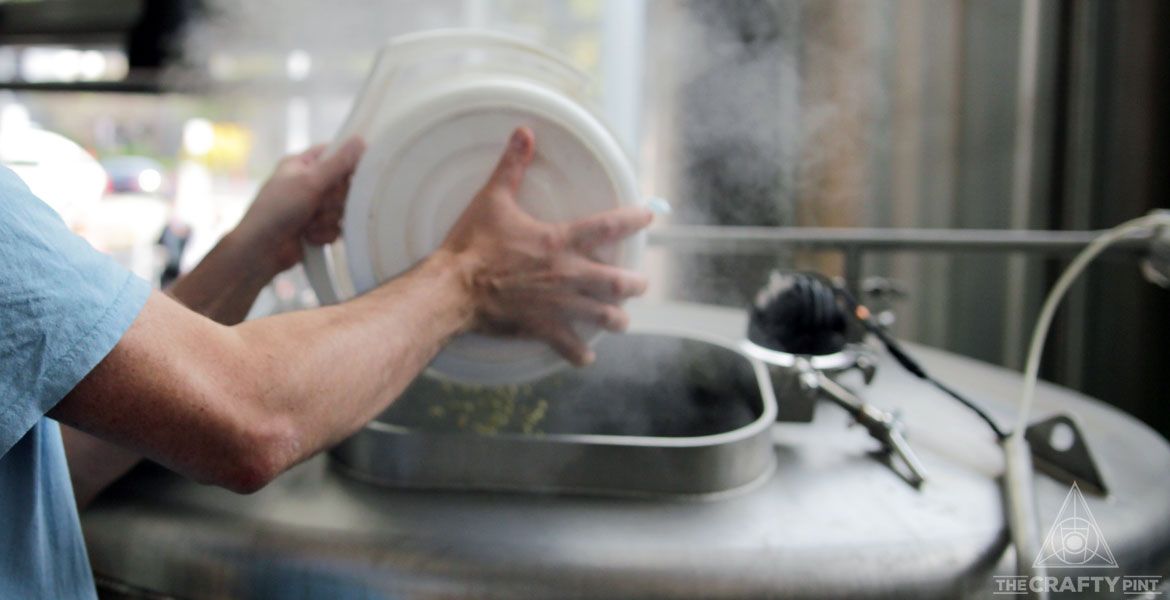
There are two main goals when brewers use hops:
- Extract the desired level of bitterness
- Extract the right flavours and aromas
Bitterness
Alpha acids are a family of compounds found in the yellow, sticky lupulin glands that are responsible for the bitter flavour in beer. In order for these compounds to be utilised in beer, the hops must be boiled. The longer hops are boiled, the more bitter compounds will be extracted.
Flavour and Aroma
I like to compare extracting hop flavour to cooking a spag bol with herbs. You have your woody herbs like thyme and oregano and your fresh, leafy herbs like basil and parsley. You add the woody herbs early on in the cooking process and the flavour integrates into the entire dish, but if you try to cook your basil or parsley for longer than a few minutes you lose all of the fresh, bright aromatic flavour you love.
This is just the same with hops. Some are bright and aromatic and punchy and you just need to hold off on adding them until right at the end of the boil; others have a little more staying power and you can integrate them into the beer with a longer boil time.
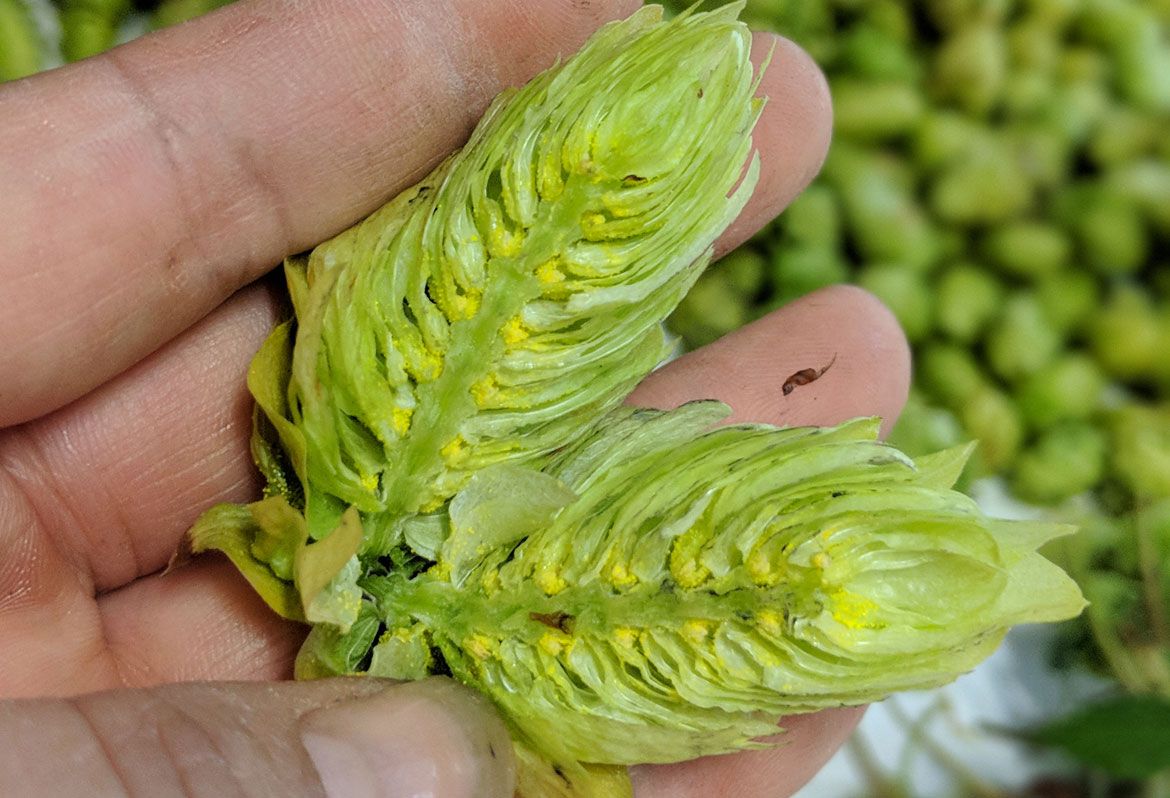
If you really, really want to get some bright zing and punchy hop flavours and aromas into a beer, you can wait until the beer is fermenting in a tank and then throw the hops right in there (called dry-hopping). It’s kind of like garnishing that spag bol with a handful of basil and is how the majority of hops are added to many of the hazy, hop forward pales and IPAs on the market today. Indeed, if you see the terms DDH or TDH on a beer label, the abbreviations refer to double dry-hopped or triple dry-hopped.
In recent years, brewers have started adding hops at all times and in all manners to beer throughout – and sometimes after – the brewing process, but the above covers the basics: add hops early in the boil and you'll extract bitterness and "burn off" flavour and aroma; add them later and you'll increase the amount of essential oils in your beer, thus adding hop flavour and aroma.
Biotransformation*
The hot new thing that happens mostly without human input!
Biotransformation is defined as the chemical modification made by an organism on a compound. When talking about beer, this the creation of a new flavour compound via a chemical reaction involving precursors from hops or malt and yeast. Some of the amazing flavours that can come from it are tropical fruit, papaya, guava, berries, roses and lavender.
Due to complex and diverse nature of flavour active compounds in hops, biotransformation is a dark art that is easily harnessed. However, we know that dry-hopping a beer during active fermentation along with using a yeast strain known for biotransformation will lead to the most noticeable results.
Why do they all taste so different?
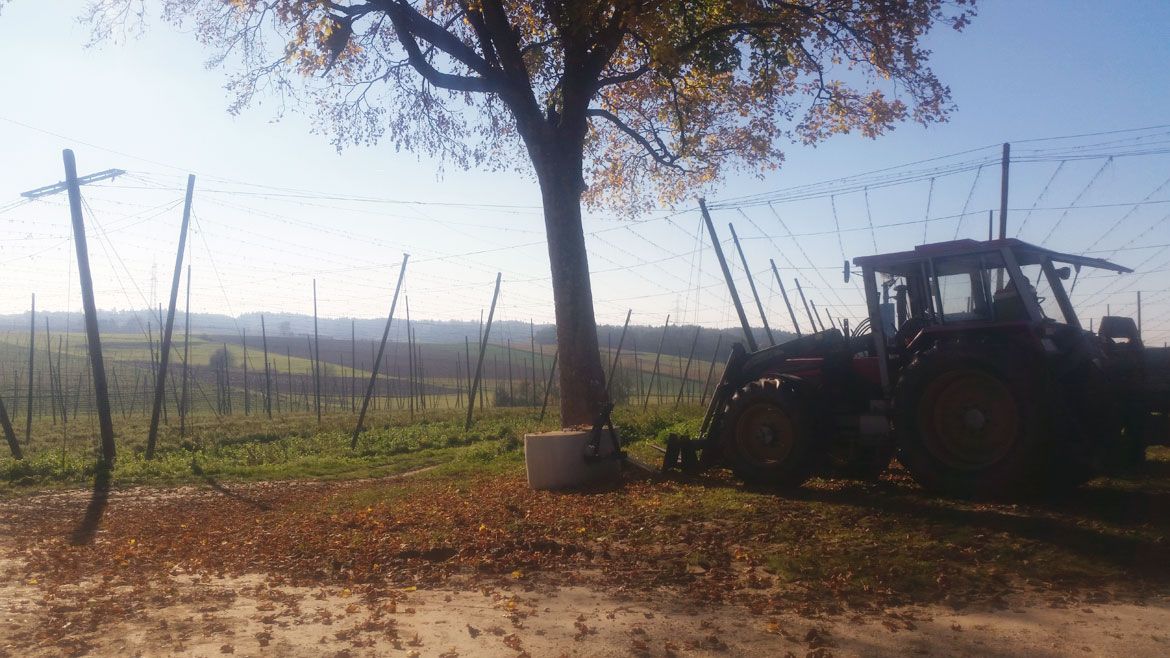
From around the 14th century, hop growing regions had developed in Germany, what's known as the Czech Republic today, and England, each with their own distinct characteristics. By the 18th century, hop farming had expanded to the USA, where wild US hops were added into the mix.
The same hop grown in three different places will give completely different flavours and aromas when used in the same beer. And plant breeding has advanced these unique characters even further.
Most of the early breeding that was being done was to increase the amount of the bittering alpha acids available to brewers; these had become something of a commodity as it had been discovered they were the preservative and antimicrobial element of hops.
Traditionally, delicate flavours like spicy, earthy and floral were chased by breeders and any other characters, such as citrus or pine, were shunned as unrefined. This all changed when a certain hop in Oregon, USA, showed immunity to a disease that had wiped out that year’s crop of traditional hops. That hop was Cascade.
This was in the 1960s and, while the high cropping rate this new variety offered was attractive to farmers and brewers alike, the flavour was still not favoured; over time, Cascade production began to decline. That was until a small brewery named Sierra Nevada took a keen interest and the modern American pale ale was invented.
As a result, from the late 1980s onwards, breeding programs in the US started selecting for these “New World” hop characteristics. The breeding programs spread around the world and now we (as beer consumers and hop lovers) have great new varieties coming out of Australia, New Zealand, Germany, France and England.
Just to throw a spanner in the works and bring something new to the table, there is a new type of hop that has burst on to the world scene. Neomexicanus hops are native to North America and are a cousin to current commercially grown hops.
Like in Australia, US hop breeders have been using native hops to breed disease resistance into new hop varieties but they are now are looking to them for their unique flavours. The results have proven incredible so far with neomexicanus parents responsible for the kookiness of Sabro, which can throw coconut, stonefruit, mint and tropical fruit into the same beer.
There are also now full breed neomexicanus hops (found in the wild not cross-pollinated by scientists) that are commercially available. These include Zappa, which has the most impressive flavour descriptors I have seen for a hop: passionfruit, mint, impulsive, purple, spice, fresh, savoury, tropical, and fruity pebbles. Having tasted the Pirate Life single hop Zappa IPA I can attest it is a puzzle of a hop.
What do different hops taste like?
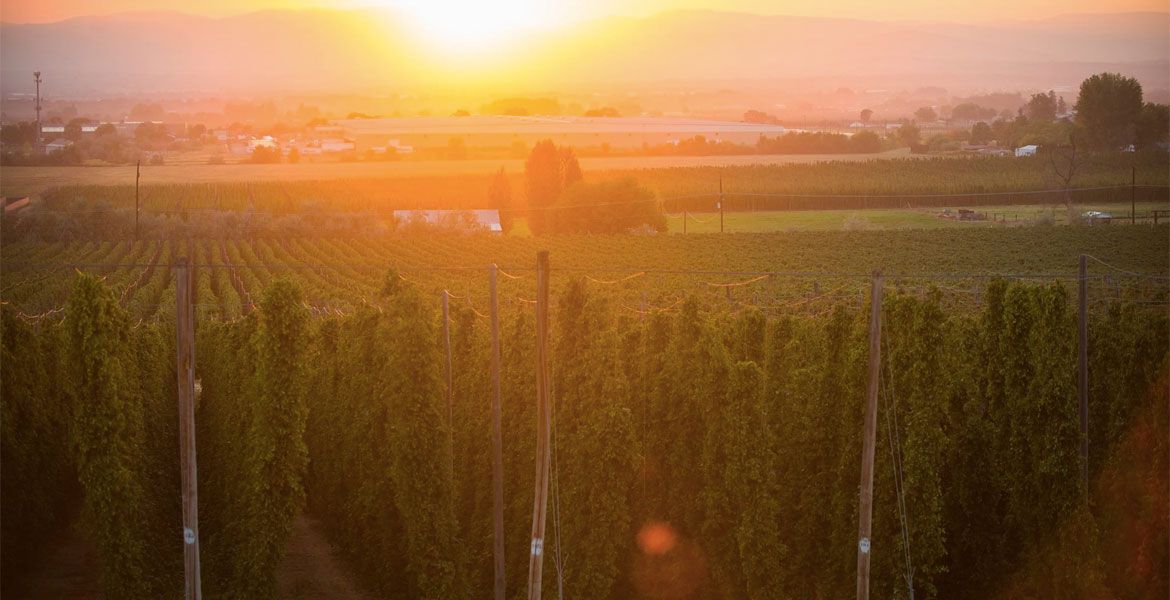
Since taste is very subjective, people may disagree with me here but I like to place hops into five categories and this is where your homework will come into it again. (Note: don't lick or eat hops as they're bitter as anything!)
Noble/European hops
These are traditional European hops, which have delicate and refined notes typically described as spice, earth and floral. The noble hops Saaz (Czech), Hallertau, Spalt and Tettnanger (all German) are said to be the most refined of them all. These hops can hard to put your finger on in a beer as they are very subtle and far from trendy or cool.
Example: Trumer Pils
See if you can get your hands on a Trumer Pils for a decent whack of noble and other European hops – just make sure it has been stored in the dark**.
English Hops
These hops are similar to European hops but often have more of a fruity and woody character as well as the spiciness and earthiness. They are also not overly trendy and are more on the delicate side compared to other hop types. English farmers are also responsible for the best name in hops: Fuggles, but other examples include East Kent Goldings, Challenger and Bramling Cross.
Example: Ummm... Good luck? English pales and ale styles like ESBs have fallen out of favour in the past decade, both with local brewers and retailers stocking imports. 4 Pines tend to keep their ESB on at their brewpub, as do Holgate with theirs, but even the classic Timothy Taylor Landlord isn't (at time of writing) brought to Australia anymore, although you should be able to hunt down Spitfire's Amber Kentish Ale.
While the Spitfire has plenty of caramel and biscuit malt character, you'll pick up the orange marmalade typical of many English hops and a dry, spicy bitterness, if you can find one relatively fresh that is.
Classic American
When I think classic US hops, I think of citrus, grapefruit, pine and resin and the classic Cs: Cascade, Centennial and Chinook. Also fitting in here are Simcoe, Crystal and Columbus.
Example: Sierra Nevada Pale Ale
If I recommended any other beer here I would be upset at myself. Grab yourself a fresh Sierra Nevada Pale Ale for a look at how much you can do with one great hop. If you want really heavy and dank pine, resin and citrus go for the same brewery's Torpedo Double IPA.
New World
These are the rockstars! They come from all over the world but all have some form of tropical and citrus punch: Galaxy (Australia – mandarin, lychee, mango, passionfruit); Citra (USA – lychee, mango, pineapple, citrus); Amarillo (USA – full on orange and citrus); Mosaic (USA – passionfruit, citrus, stonefruit, berries and mango, often with a "candied" feel); El Dorado (USA – pineapple, melon, stonefruit); Motueka (NZ – citrus and tropical fruit).
Example: Beers using these hops are increasingly common; try to get your hands on a NEIPA or Hazy IPA from your local brewery (fresh is definitely best with these beers). Or, if your local brewery doesn’t make one, grab Feral Biggie Juice and taste the tropical, juicy notes.
Others
The others category is an interesting one as there's a growing number of hops out there throwing weird flavours. Think of vinous sauvignon blanc and gooseberry from the likes of Nelson Sauvin (NZ), berry and black pepper from Pacific Gem (NZ), red fruits, strawberry and bubblegum from Barbe Rouge (France).
Then there is the new rage hop Sabro out of the USA, with its tangerine, coconut, tropical fruit, and stone fruit aromas, not to mention hints of cedar, mint, and cream. Or recent arrival HBC 472 which imparts an oaky/bourbon wood-aged character to beer.
Example: Barrel-Normal Activity from Moon Dog tricks the drinker into thinking the brewers have barrel-aged this porter when really its just a mind bending hop.
Further Reading
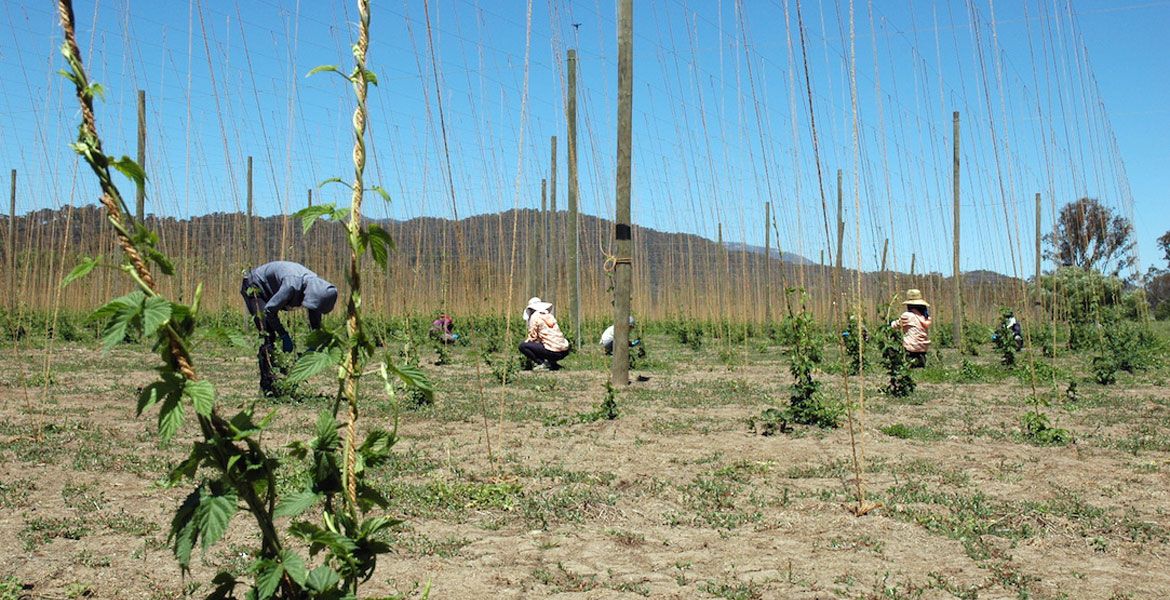
There's much more that could be said about hops, with breeders continuously searching for new flavours and aromas and brewers exploring new ways in which to use them in beer, but this is a good starting point from which to launch.
You might like to get your hands on some single hop beers, which are regularly released by the likes of Deeds, Range, Sauce, Blackman's, Bridge Road Brewers, Ballistic, Pirate Life and others in Australia.
There's also plenty of literature on the subject and you can read more on this site here:
- Hop breeders, sellers, brewers and more telling us about their favourite hops from May 2020.
- An interview with the "Hop Doctor" Tom Shellhammer, whose team is leading research into hop chemistry in the States.
- A feature on the family running Victoria's biggest hop farm in the High Country.
- An interview with US hop breeder Jason Perault
- And all manner of stories on wet hop beers, small hop farmers, the history of hops in Australia, the importance of freshness in hoppy beers and more here.
Next up: water (which is far more important to brewing than you might think)...
* The author is adamant biotransformation should have been included in the next article on yeast but the editor insisted we mention it here. [Why not have both? – Editor]
** Green bottles let UV light come into contact with beer, which chemically changes the alpha acids into a new compound that has a flavour often referred to as "skunky" – think of a stale beer garden in summer. So make sure any green bottles have minimal exposure to light!
Part one of Beer Basics is found here. If you've anything you'd like to know more about with beer, brewing or the wider industry, drop us a line.





